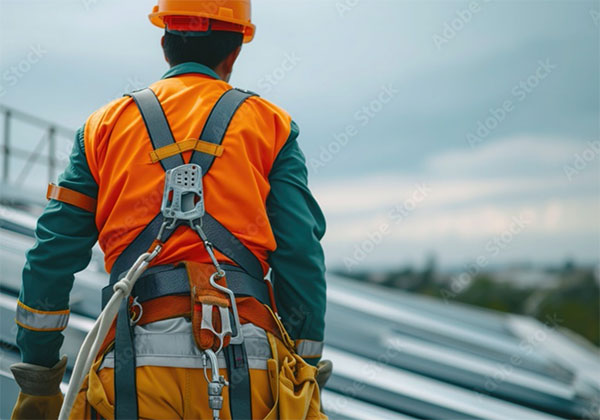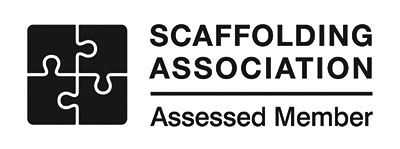Health & Safety
Our comprehensive and in depth safety policies are in place to protect our workforce, customers and the general public
Get in TouchAt Bournemouth Scaffolding, Health and Safety is our of upmost importance.
Our priority is safety of workforce and those impacted by scaffolding whether in residential, commercial, specialist environment such as schools, hospitals, local authority or heritage project.
Our comprehensive and in depth safety policies, systems and programs are designed to engage the entire workforce in the delivery of safe work on all our projects.
Leave us your details below or give us a call to book in your appointment with us.

We carry out all the legal and official paperwork on your behalf, meaning you do not have to worry about a thing. If a temporary structure licence is required, our team will contact the local council and fill out all the relevant applications.
We acknowledge all the requirements of the Construction Industry Regulation and understand the legal obligations under the Health and Safety Act 1974 and related Health and Safety Legislation TG20:13 and SG4:15.
The Health and Safety at Work etc. Act 1974 is a foundational piece of legislation in the United Kingdom that governs workplace health, safety, and welfare. For scaffolding companies, this Act lays down broad duties designed to protect employees and the public from workplace hazards. Here’s how it specifically applies to scaffolding operations:
Key Provisions of the Health and Safety at Work Act 1974 for Scaffolding
General Duties of Employers to Employees
Duties to Non-Employees
Employers and those in control of work premises have duties toward people who are not their employees but may be affected by their work activities, such as contractors, clients, or the public. This means ensuring that the scaffolding does not pose a risk to others and that areas around scaffolding are safe from falling objects or tripping hazards.
Health and Safety Policies
Companies must have a written health and safety policy if they employ five or more people. This policy should include specific references to scaffolding safety protocols and emergency procedures.
Risk Assessments
Employers are required to conduct risk assessments to identify potential hazards associated with scaffolding work, evaluate the risks associated with those hazards, and determine appropriate ways to mitigate them. This includes assessing the risks from height, structural integrity of scaffolding, weather conditions, and the presence of other trades on site.
Reporting Injuries, Diseases, and Dangerous Occurrences
The Reporting of Injuries, Diseases and Dangerous Occurrences Regulations (RIDDOR) form part of the framework driven by the Act. Scaffolding companies must report certain accidents, injuries, diseases, and near-miss incidents to the relevant authority.
TG20:13 – Operational Guide for Tube and Fitting Scaffolding
TG20:13, which stands for “Technical Guidance 20:2013”, is a comprehensive guide aimed at improving standards in the design, use, and performance of scaffolds made with tubes and fittings. This guidance aligns with the European standard BS EN 12811-1, which specifies performance requirements and methods of structural and general design for access and working scaffolds.
SG4:15 – ‘Preventing Falls in Scaffolding Operations’
SG4:15 updates and replaces earlier versions of the guidance (like SG4:10), focusing on the prevention of falls when erecting, altering, and dismantling scaffolding. It is widely regarded as the definitive guide to safe scaffolding, emphasizing fall prevention measures.
Key Features of SG4:15:

The UK’s largest trade body for the scaffolding and access sector



